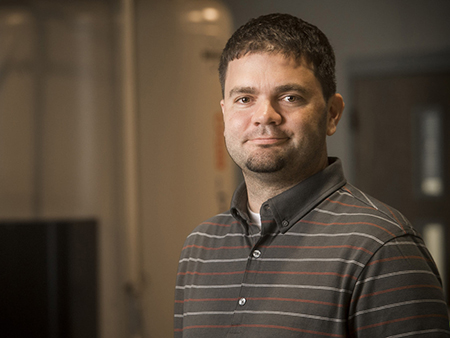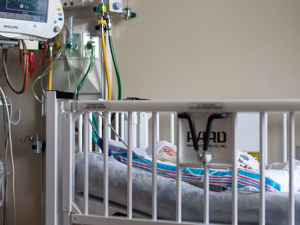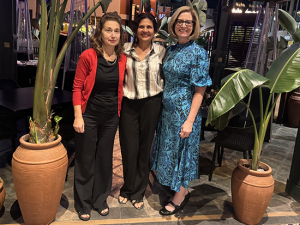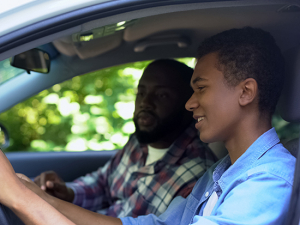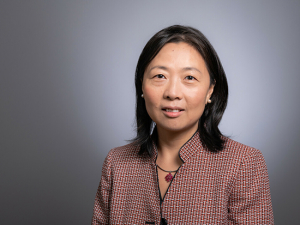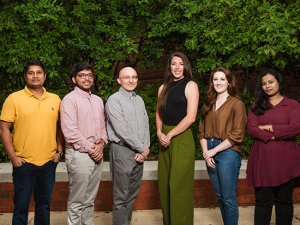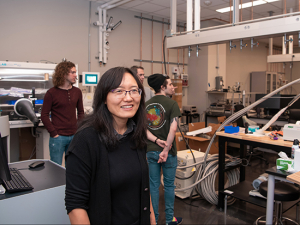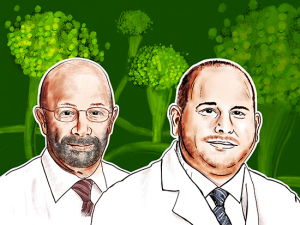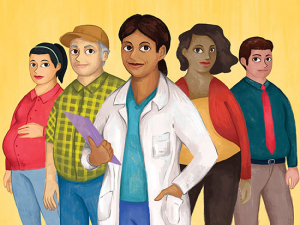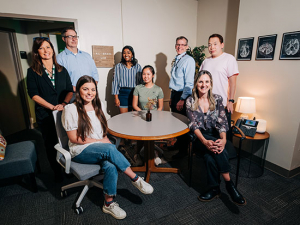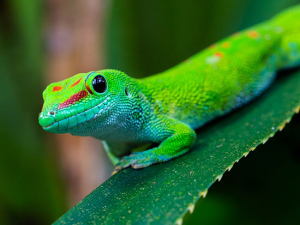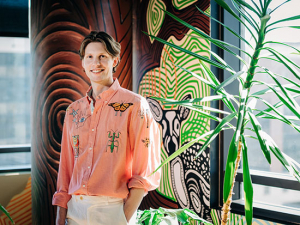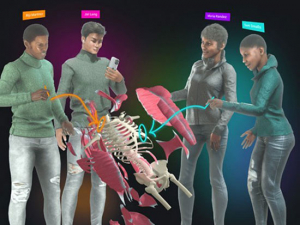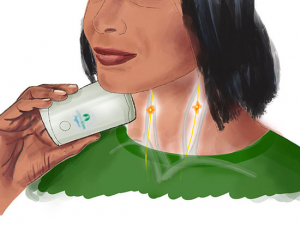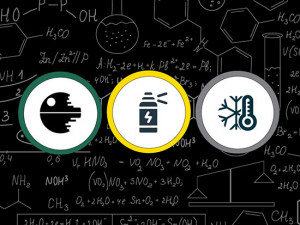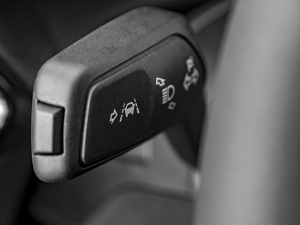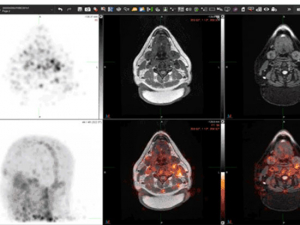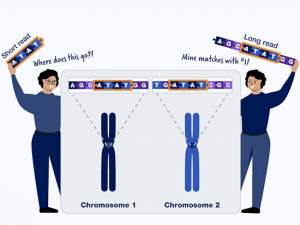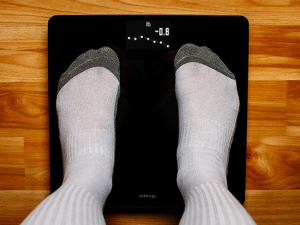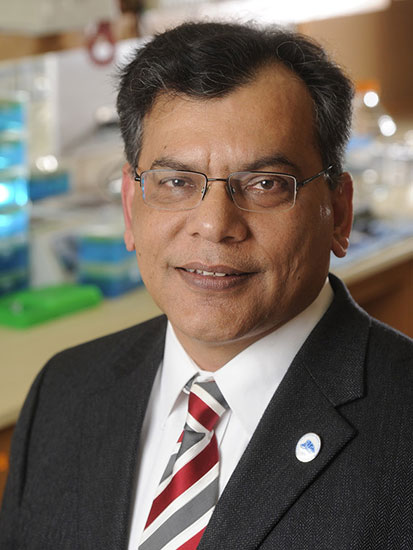 Keshav Singh, Ph.D., is the founder of the Mitochondria Research and Medicine Society in the United States and India, and the founding editor-in-chief of the journal Mitochondrion.Mitochondria, famously, are known as the "powerhouse of the cell." Could they be powering the induction of COVID-19 as well? In an intriguing new paper, UAB mitochondria expert Keshav Singh, Ph.D., and co-authors share several lines of convergent evidence.
Keshav Singh, Ph.D., is the founder of the Mitochondria Research and Medicine Society in the United States and India, and the founding editor-in-chief of the journal Mitochondrion.Mitochondria, famously, are known as the "powerhouse of the cell." Could they be powering the induction of COVID-19 as well? In an intriguing new paper, UAB mitochondria expert Keshav Singh, Ph.D., and co-authors share several lines of convergent evidence.
Decoding SARS-CoV-2 Hijacking of Host Mitochondria in Pathogenesis of COVID-19, published June 8, 2020, in the American Journal of Physiology, outlines results from studies of the original SARS virus and the current SARS-CoV-2 pandemic to suggest how the virus communicates with, and manipulates, mitochondria in human cells in order to evade those cells' immune defenses.
"We know that the virus uses the host cell's endoplasmic reticulum to derive double-membrane vesicles where it hides and replicates," said Singh, professor and Joy and Bill Harbert Endowed Chair in Cancer Genetics in the Department of Genetics. "What we have brought out in this paper is that there is crosstalk between the mitochondria and the endoplasmic reticulum, and when mitochondria are stressed, mitochondria-derived double-vesicles are being formed."
The researchers do not yet have experimental evidence to prove what is inside these structures, but "I suspect that these mitochondria-derived double-vesicles, which function as portable organelles, are taking the viral information to the endoplasmic reticulum, like porters," Singh said.
Why mess with mitochondria?
But mitochondria aren’t just being used to fetch and carry. They produce proteins called MAVS — mitochondrial antiviral-signaling proteins — that can induce cell suicide, or apoptosis, when they detect signs of viral infection of the cell. A paper several years ago reported that the original SARS virus interfered with MAVS through its protein ORF9b, which also is present in SARS-CoV-2, Singh said. This is just one of several different SARS-CoV-2 proteins which localize to the mitochondria once produced, Singh and his co-authors report in their new paper — including nonstructural proteins 7 and 8, structural protein M and accessory protein ORF9b. They note that it is still not clear how the RNA from the virus enters the mitochondria in human cells.
"I suspect that these mitochondria-derived double-vesicles, which function as portable organelles, are taking the viral information to the endoplasmic reticulum, like porters." |
The method that SARS-CoV-2 uses to access human cells in the first place is much clearer. The virus is covered in spike proteins that interact with receptors for angiotensin-converting enzyme 2 (ACE2) on human cells. When SARS-CoV-2 occupies these receptors, ACE2 levels inside the cell fall — and one of ACE2’s functions is to regulate mitochondrial function. Higher levels of ACE2, Singh and his co-authors note, has been shown to restore impaired mitochondrial function. Meanwhile, the spike proteins themselves are primed by transmembrane serine protease 2 (TMPRSS2). TMPRSS2 is induced by androgen, the male sex hormone, and both androgen and estrogen receptors localize to the mitochondria. This could help explain the fact that men are more likely than women to be infected and die from COVID-19, Singh and co-authors report.
Mitochondrial dysfunction could explain other COVID-19 disparities. As people age, their mitochondrial function decreases, and diseases such as diabetes also increase mitochondrial dysfunction, said Singh. His paper also presents evidence that mitochondrial mutations present in some populations worldwide — particularly in people of European, Caucasian and West Asian descent — could have protective effects against SARS-CoV-2 infection.
These observations could help explain the disproportionate effects of COVID-19 on older populations and African Americans, for instance. Singh has studied racial disparities in prostate cancer. African American men are twice as likely to die from prostate cancer than white men, according to the National Cancer Institute. "When we have looked at prostate cancer disparities in African American men, their mitochondrial DNA content in normal prostate cells is low and it becomes even lower when they have prostate cancer," Singh said.
“These observations suggest that drugs that selectively restore mitochondrial function and promote mitochondrial biogenesis may serve as anti-inflammatory agents to prevent or treat COVID-19…. We are actively looking to see what we can test in the lab, including FDA-approved drugs.” |
He noted that it has long been recognized that mitochondrial dysfunction can lead to mutations in the nuclear DNA and immortalized cells in cancer. "The virus can take advantage of an immortal cell so it can multiply easily," Singh said.
‘Many different avenues’
The new paper "opens up many different avenues," and will be the basis for further research, Singh said. He is part of a consortium, known as PREPARE-IQ, that includes researchers from the Massachusetts Institute of Technology, IBM, Mount Sinai, LifeNome and Maimonides Medical Center, that has advocated for DNA-based vulnerability assessments of large populations in order to identify and care for the people at highest risk to aid in slowing or stopping COVID-19 outbreaks.
Meanwhile, mitochondria might offer a new target for COVID-19 therapies. “These observations suggest that drugs that selectively restore mitochondrial function and promote mitochondrial biogenesis may serve as anti-inflammatory agents to prevent or treat COVID-19,” Singh and co-authors write in the conclusion to their paper.
“Resveratrol and other compounds have been shown to enhance mitochondrial function,” Singh said. “We are actively looking to see what we can test in the lab, including FDA-approved drugs.”
Read more on COVID-19 research at UAB
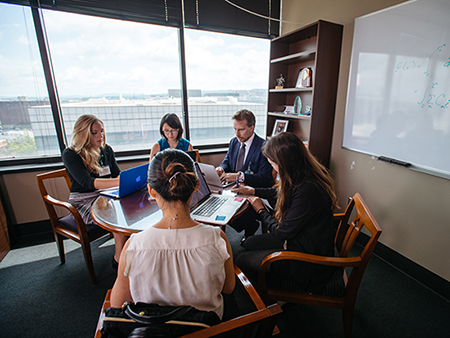
UAB sleuths find drug candidate against COVID-19
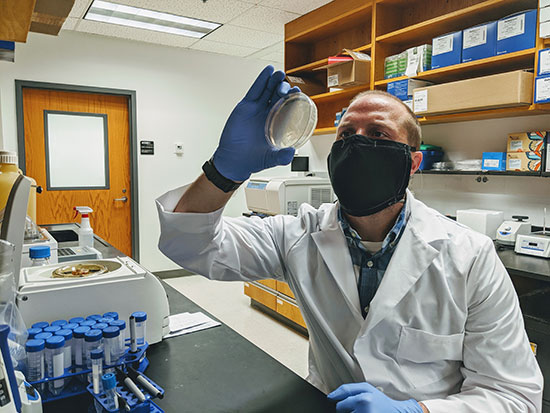
Glow-in-the-dark coronavirus testing is first project of new hire
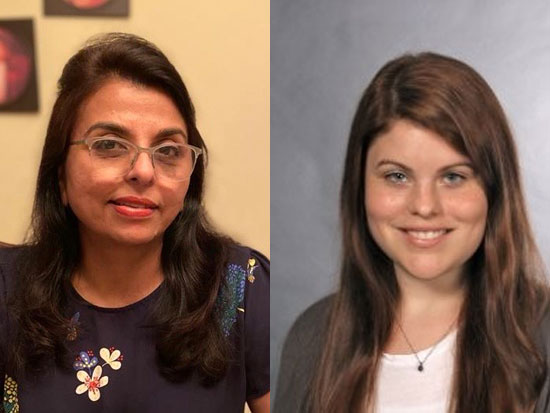
Researchers model COVID-19 infection in 3D human lung tissue
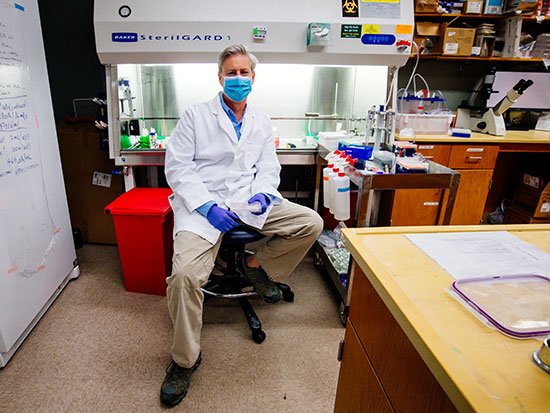
Tackling his third pandemic, UAB researcher gets up close with coronaviruses in order to kill them
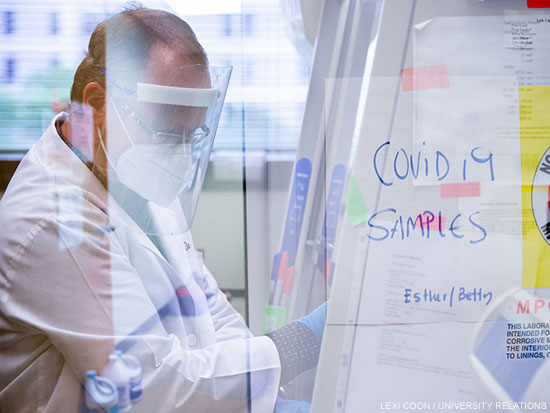
Researchers are creating a coronavirus showdown to settle pressing antibody problems
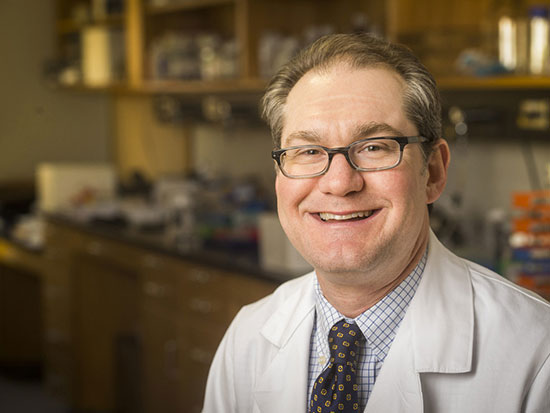
Where are the good antibodies against COVID-19? UAB project aims to find out
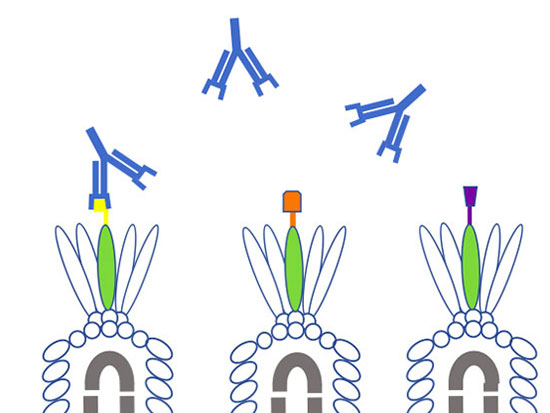
Helpful viruses may unlock the secrets of coronavirus antibodies
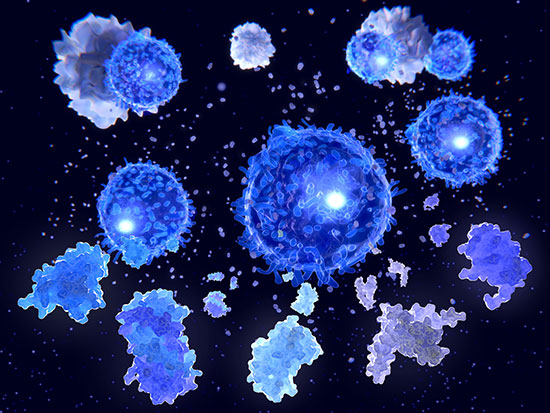
Cytokine storm treatment for coronavirus patients is focus of first-in-US study
